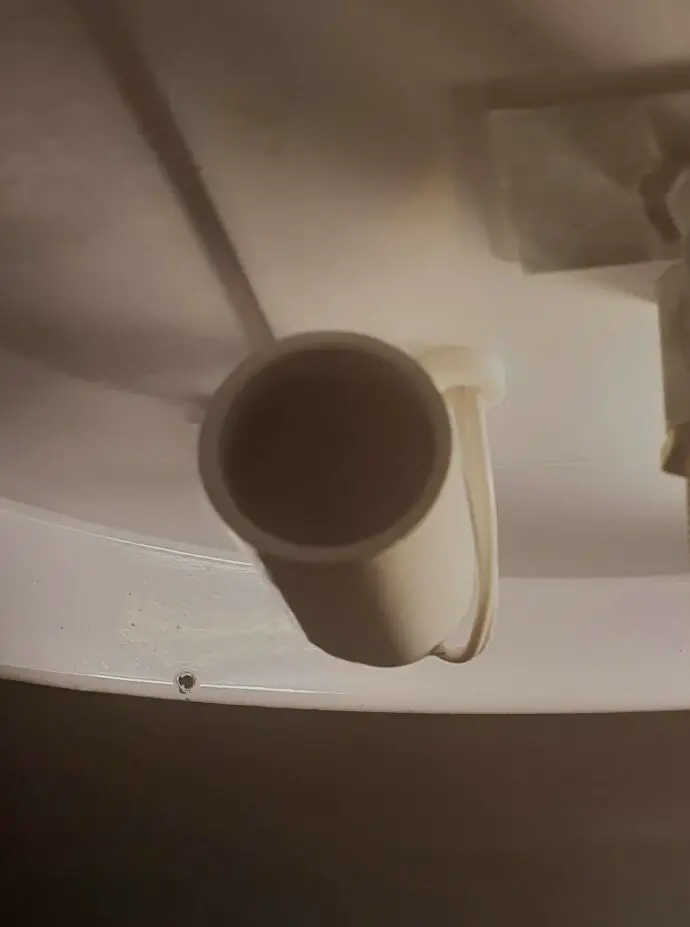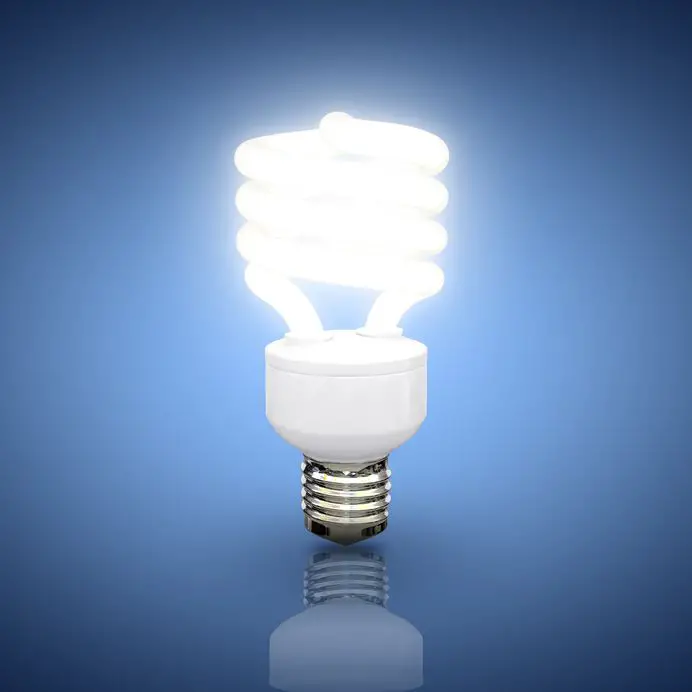Colour Rendering Index (CRI) Of Every Light Source
Colour Rendering Index (CRI) is a measurement of how accurately a particular light source’s light reflects on objects in comparison to natural light, that being the sun’s light.
CRI is measured on a scale from 0-100 where 0 means no accurate light reflection at all and 100 is a perfect light quality score. For a more in-depth explanation of the CRI system and its importance, we would like to direct you here.
That being said, there is a wide variety of light sources that all have different CRI ratings. Here we will attempt to cover the most common light sources and assess their own individual CRI rating.
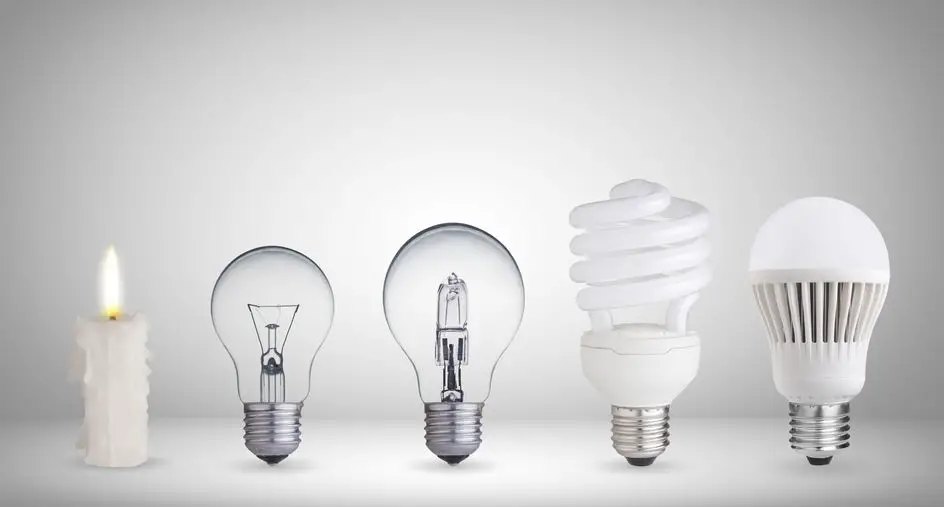
Contents
CRI Of Daylight
Daylight is considered the most natural light source of them all, as well as the most important one. These are some of the reasons why they made CRI use natural sunlight as its baseline for a perfect colour reflection. So, seeing the importance of sunlight to CRI it is fitting to discuss this first.
Sunlight has a CRI of 100, which is considered a perfect score on the CRI scale. This may however change throughout the day as the sun sometimes gets filtered through gasses or pollution and may lose some colour because of that, but it generally stays in a range of CRI 98-100.
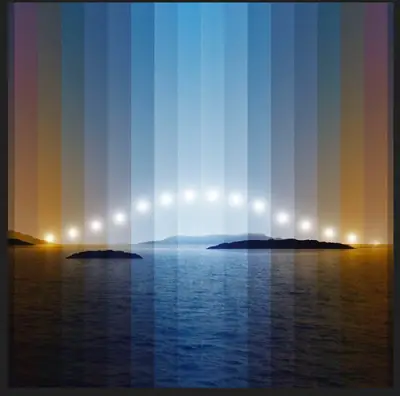
The reason why air pollution can decrease is that the white light from the sun may lose some parts of its energy when transferring from itself air to gas, meaning that some wavelengths will become longer and therefore change their colour slightly.
It is also important to note that the Kelvin (K or CCT) temperature of the sun will also change throughout the day, which can matter a lot in this context. It matters because the spectral distribution of sunlight changes depending on what time of day it is.
This is why the sun’s CRI is not only measured as an average but instead at different Kelvin temperatures, in order to make a fair comparison to different light sources that naturally have a warm or cold light.
CRI Of Candlelight
Another historically significant light source is candlelight. Candles have been used for hundreds of years and give off a warm and comforting source of light, but how good is it actually at reflecting light to its original colour?
Candlelights are very good at reflecting colours. Candlelight has a CRI of 100, which is a perfect score on the scale. This is because candlelight is classed as a blackbody radiator, which all by default have a CRI rating of 100.
While there is a lot of science behind what a blackbody radiator actually is, it can more easily be described as something that emits light via a glow or burning of some kind.
The reason why blackbody radiators have a perfect CRI rating is that the sun is also a blackbody radiator. This means that comparing candlelight to daylight is essentially like comparing the same thing to itself. Since the CRI scale is based on the sun it also means that all blackbody radiators by default have a perfect CRI rating.
CRI Of Incandescent Bulbs
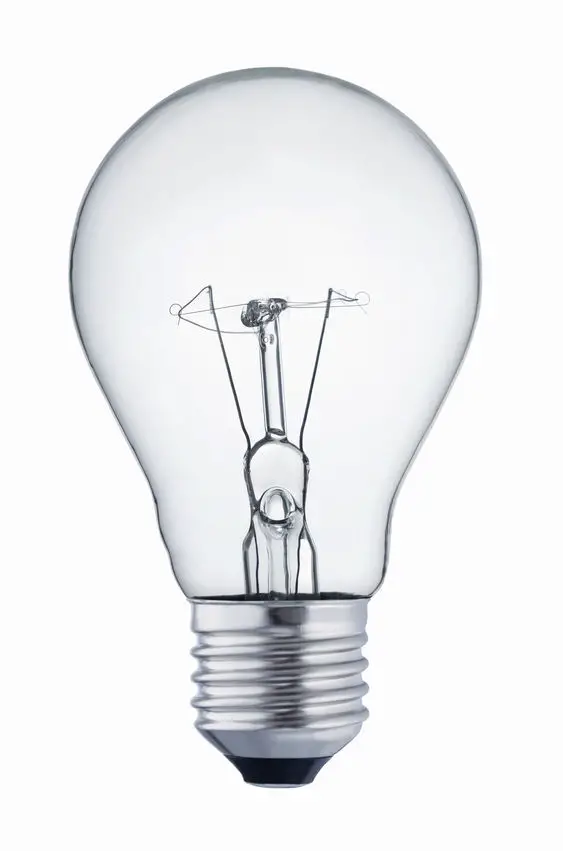
While the candlelight has a lot of historical significance, the incandescent bulb is truly one of the gateway inventions that led industries and society to evolve the way it has, as it was a way to produce a significant amount of light anywhere at any time. But how good are these old bulbs at reflecting light accurately?
Incandescent bulbs have a CRI rating of 100. This is because they produce light via a glow from a tungsten/wolfram filament, which makes them into blackbody radiators. All blackbody radiators have a perfect CRI rating by default due to the scale being based on blackbody radiation.
This means that despite all the flaws of the old incandescent bulb it is still exceptionally good at producing a warm light of great quality.
CRI Of Halogen Bulbs
Related to the incandescent bulb there is the halogen bulb. The halogen bulb is essentially just like an incandescent bulb, except that it has additional halogen gas added to it. This gas allows it to run at a hotter temperature and therefore become more energy efficient.
But how does this affect its ability to render colours? In fact, it doesn’t change its colour-rendering abilities at all.
The CRI of the halogen bulb is rated as 100. This is attributed to its large similarity to the incandescent bulb in terms of construction, meaning that the halogen bulb is also a blackbody radiator, which will by default have a CRI of 100. This makes it excellent at rendering colours accurately.
CRI Of Fluorescent Tubes
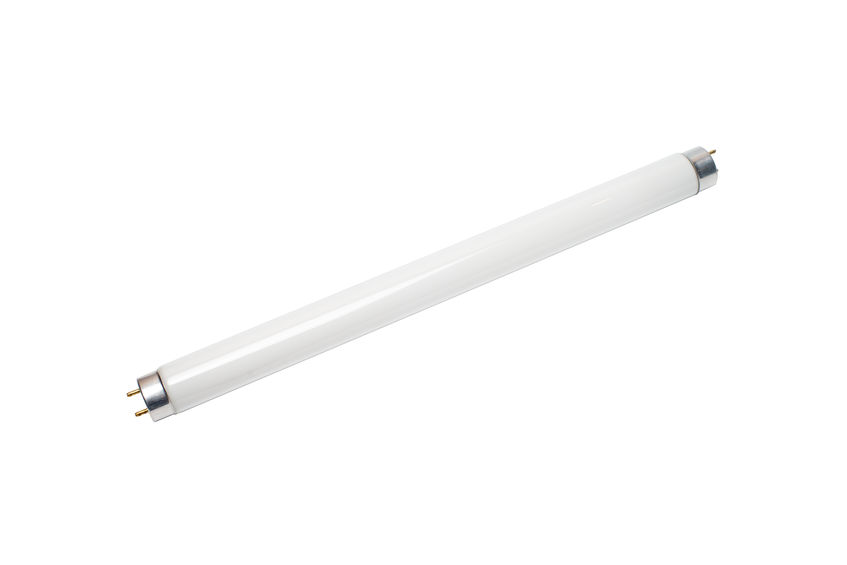
Next on this list, we have fluorescent tubes, which function a lot differently from all the other bulbs previously mentioned. Instead of producing light via a glow like a blackbody radiator it instead produces light via a chemical reaction between electrodes and an ignition gas inside of it.
But how does this chemical reaction fair on the CRI scale when compared to the original blackbody radiator light sources? Despite being very different from them, fluorescent tubes still have a rather high CRI rating.
While the CRI rating may vary among different fluorescent tubes due to different builds and quality of light output, they generally have a CRI rating of 90 or above. It manages to achieve a high rating because most of the light emitted by fluorescent tubes matches that of sunlight.
This feat however is thanks to the fluorescent powder which is present inside the tubes. This is because the natural chemical reaction between the electrodes and the argon gas inside of them largely results in ultraviolet radiation and not visible light.
The fluorescent powder however is what turns these UV emissions into visible light. This is because the powder absorbs the UV radiation and emits the energy acquired from it into radiation of slightly longer wavelengths, which then conveniently enough happens to be visible light.
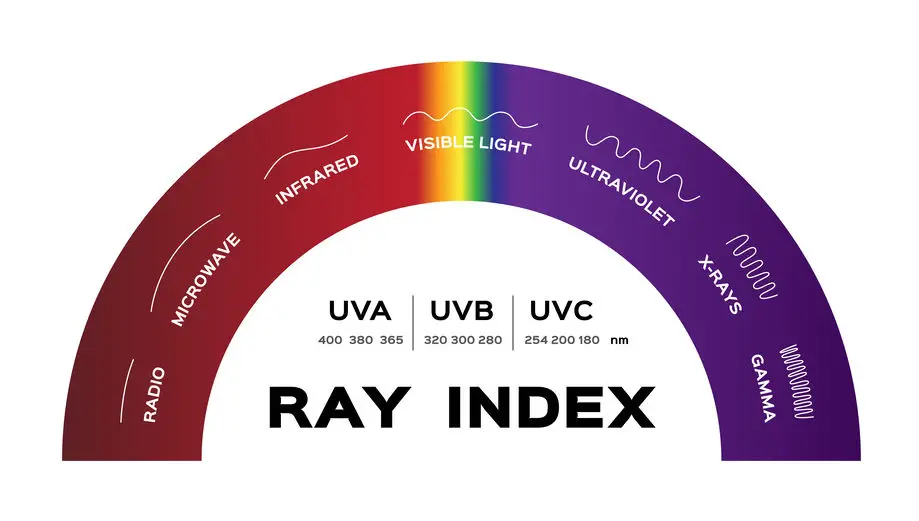
CRI Of Compact Fluorescent Lamps (CFL)
Compact Fluorescent Lamps (CFLs) are essentially just a regular fluorescent tube light but compacted enough to fit into a regular light fixture, instead of the regular tube it was originally intended for.
Considering that their constructions are mostly the same it would make sense that their CRI is similar, which they for the most part are.
The CRI of CFL bulbs may vary a bit but generally stays around a CRI of 80 or above. It retains most of its natural colour rendering qualities from its fluorescent light generation, however, it is harder to improve this number in CFLs due to the more awkward shape and size.
CRI Of Light Emitting Diodes (LED)
Light Emitting Diodes (LEDs) are currently considered the general best light source around. They are extremely energy efficient and therefore relatively good for the environment, but how well do LEDs do in terms of CRI?
LEDs generally have a CRI rating between 80-99, however, it is also possible to find LEDs in the 70-80 range. The large CRI range is due to the quality of LED chips varying a lot depending on the quality of the materials it’s made up of and by small variations during the manufacturing process.
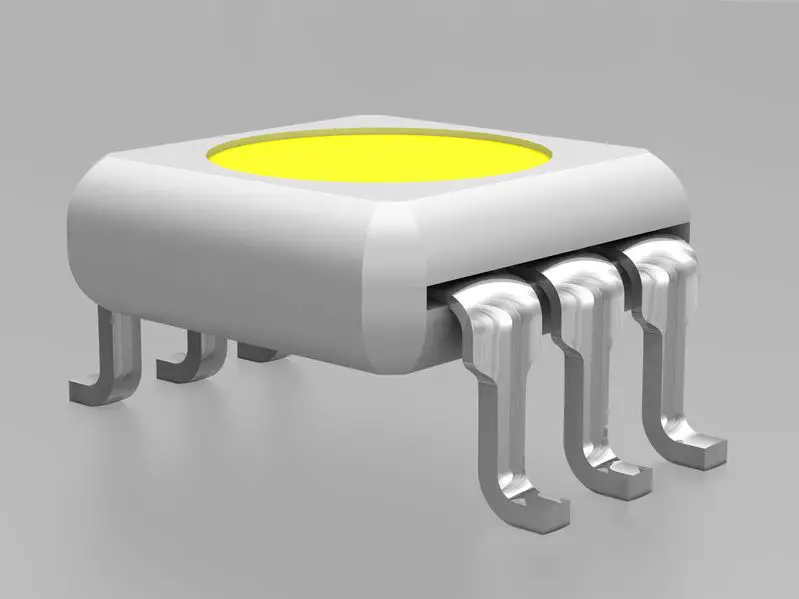
When LEDs are manufactured the individual chips are measured in CRI and K and are then matched up with other LED chips with the same values and qualities. This process is called “binning”.
Through the binning process, you will end up with different piles of LEDs which all have different qualities of light. This means that you will end up with certain piles of LEDs that are not particularly desirable whereas some piles will be CRI 99 chips, which are highly desirable.
LEDs with a high CRI are often called “full-spectrum“ since they fill out most of the spectral distribution charts. However, unlike the sun or other blackbody radiators, it is not actually the entire “full-spectrum”, despite having a CRI of 99.
This is simply because it is almost impossible to balance the colour output of an LED to perfectly match that of a blackbody radiator 100% since they are 2 completely different sources of light. It is speculated however that LED technology will reach a point where CRI 100 LEDs will be possible in a near future.
CRI Of Mercury Bulbs
Mercury bulbs have been used for a long time as street lighting and such due to their efficiency and colour being good and affordable at the time of their creation. However, they’ve mostly been replaced by more modern and safer bulbs for this purpose, such as LEDs or LPSs.
Mercury bulbs have a CRI rating of 60. Their low CRI rating is mostly due to their spectral distribution being very uneven and therefore not ranking high on the CRI scale.
CRI Of High-Pressure Sodium Bulbs (HPS)
The way High-Pressure Sodium (HPS) bulbs start is also very similar to a CFL. There are electrodes that “excite“ the starting gas, which causes electrons to start moving around inside the tube. This causes a release of energy in the form of photons (light particles) when combined with sodium.
However, HPS bulbs have a rather yellow light emitted from them, which causes them to have a low CRI rating. HPS bulbs generally have a CRI of about 25 because of this, which is a very poor CRI rating.
But since the main usage of HPS bulbs are for their efficiency in light production and not light quality it makes sense that they lose out on one quality in order to gain on another.
CRI Of Low-Pressure Sodium Bulbs (LPS)
The low-pressure sodium lamp works using the very same principle for producing light as the high-pressure sodium lamp. The only difference between them is within the name, this one has a lower gas pressure within the glass tube.
LPS bulbs are notorious for their almost monochromatic yellow light output, which causes them to have a very low CRI rating of 5. For a high CRI score, the light needs to contain strong traces of all colours whereas LPS-based light only gives off a strong yellow colour.
4Much like the HPS though they are not meant to be used as a quality light source and are instead used for areas such as a highway, which simply requires a lot of light without many demands of the colour quality of it.

